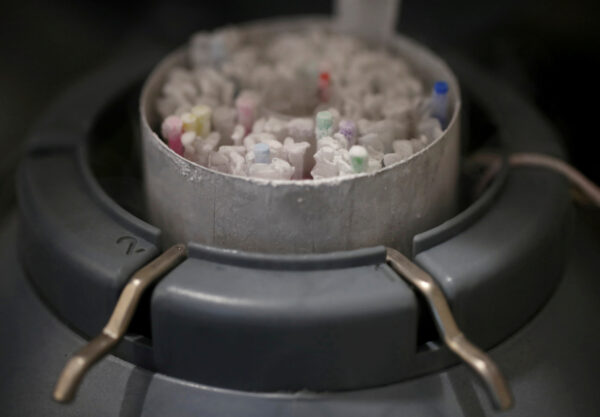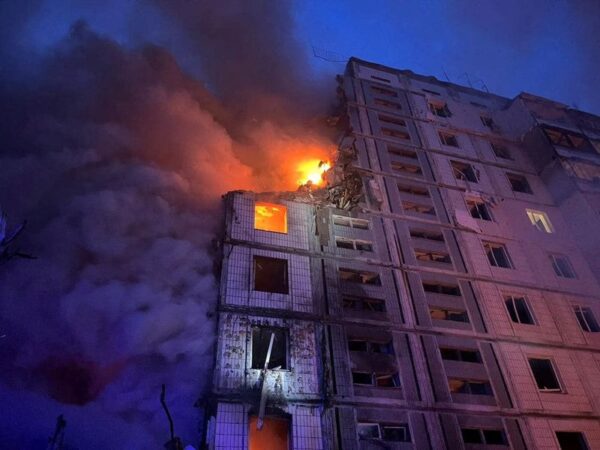A Russian munitions test that blasted a satellite out of route on Monday spewed debris and risked seven crew members on the International Space Station, according to US and British authorities The ground- launched,anti-satellite bullet destroyed one of Russia’s own satellites, generating further than pieces of debris and hundreds of thousands of lower gobbets, according to the US State Department We call upon all responsible spacefaring nations to join us in sweats to develop morals of responsible geste and to refrain from conducting dangerous and reckless destructive tests like those carried out by Russia,” Secretary of State Antony Blinken said in a statement.
Five astronauts and two cosmonauts are aboard the space station, which is linked with two craft that carried passengers from Earth– the US SpaceX Crew Dragon and a Russian Soyuz. The crew was awakened and directed to close doors between modules on the ringing platform and also retreated into the Soyuz and Crew Dragon crafts for safety when the space station neared the debris field, according to NASA With its long and fabled history in mortal spaceflight, it’s unbelievable that Russia would jeopardize not only the American and transnational mate astronauts on the ISS, but also their own cosmonauts,” NASA Administrator Bill Nelson said in a statement.
The Russian news agency Tass, quoting a source it did n’t identify, said the director of the Russian space agency, Roscosmos, plans to bandy the matter hereafter by telephone with NASA LeoLabsInc., a private space- object shadowing company, said data showed “ multiple objects” near the anticipated position of Cosmos 1408. That Soviet signals intelligence satellite was launched in 1982, according to NASA The American service tracked the event and said debris could remain above for decades, posing a significant threat to the crew on the International Space Station and other mortal spaceflight conditioning, as well as multiple countries’satellites Russia has demonstrated a deliberate casualness for the security, safety, stability, and long- term sustainability of the space sphere for all nations,” said Army General James Dickinson, US Space Command commander.
Ben Wallace, the UK defense clerk, twittered that “ The debris performing from this test will remain in route putting satellites and mortal spaceflight at threat for times to come The debris is in low- Earth route, an altitude that has attracted companies eager to cash in on reduced launch costs and a growing appetite for data and dispatches There was no immediate suggestion that the recently formed debris hovered any marketable craft There are about operating satellites in route, with in low- Earth route, according to aSept. 1 census by the Union of Concerned Scientists Companies operating in low- Earth routeways include Elon Musk’s SpaceX, or Space Exploration TechnologiesCorp., which has transferred above further than satellites.
Further than pieces of orbital debris, or “ space junk,” are tracked by the Department of Defense, according to NASA. Near-Earth routeways hold much further debris that’s too small to be tracked, but large enough to hang mortal spaceflight and robotic operations Because debris and spacecraft are traveling at extremely high pets ( roughly country miles per hour, or kilometers per hour), an impact of indeed a bitsy piece of ringing junk with a spacecraft could produce big problems, according to the space agency.
Also, gobbets of a smashed satellite can disperse into an elliptical route, with some of the debris hundreds of kilometers advanced or lower than the unperturbed route, Jonathan McDowell, an astronomer at the Center for Astrophysics, a collaboration between Harvard University and the Smithsonian Institution, said in a tweet Debris-generatinganti-satellite tests are a bad idea and should noway be carried out,” McDowell twitteredSpace debris is a growing problem as thousands of satellites are launched, colonizing routeways more snappily than they’re removed by active means or orbital decay.







